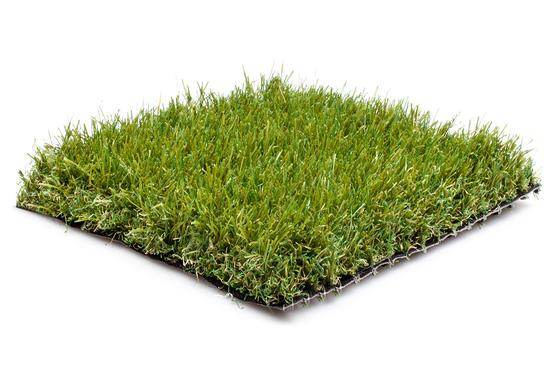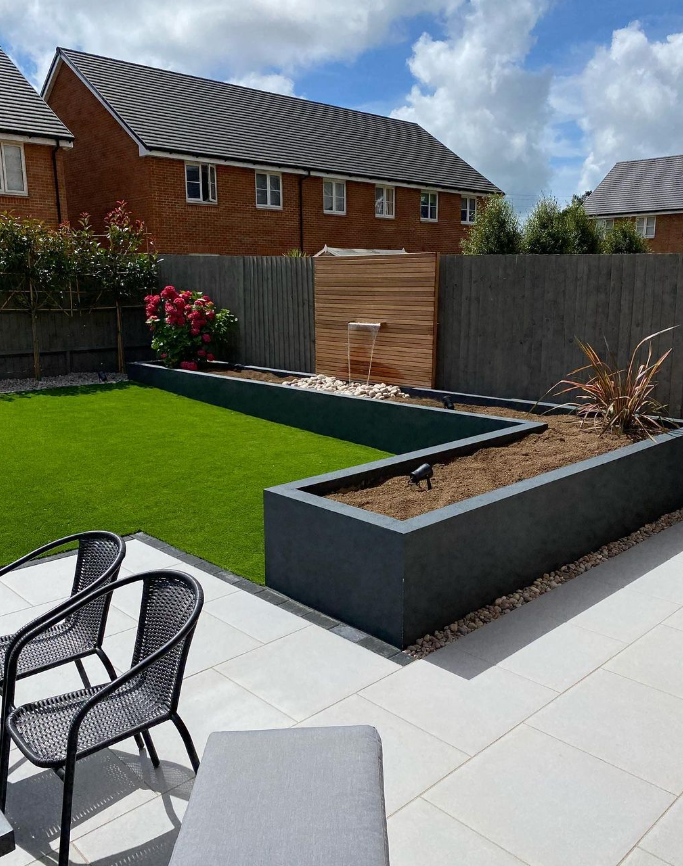
How to Avoid Common Problems with Timber Exteriors
Timber cladding and decking bring warmth and character to a home, yet exposure to rain, sun, and changing weather often causes the most common problems with timber exterior features.
Moisture leads to rot and warping, while strong sunlight fades and dries the surface. The encouraging part is that these issues are preventable. By choosing the right materials, planning for good design, and following simple upkeep routines, timber can stay attractive and long-lasting.
This guide explores practical ways to keep outdoor wood looking and performing at its best.
Preventing Moisture Damage

Rain and damp air are the biggest threats to outdoor timber, often leading to rot, mould, or warping. When water lingers on the surface or seeps into joints, it weakens the structure over time. This is why many people look for advice on how to prevent wood rot outdoors.
Choosing durable timber, such as thermowood or pressure-treated boards, makes a big difference. Treatments that soak deep into the grain add an extra layer of defence. Design matters too; gaps between boards, good drainage, and raising decking off the ground all help timber dry faster. With smart choices, you can reduce swelling and decay while keeping your timber strong for years.
Protecting Against UV Exposure
Strong sunlight does more than just warm the surface of wood. Over time, it leads to fading, greying, and drying out. This is often referred to as timber exterior UV damage, and it can make even the best cladding or decking look tired far too quickly.
The simplest way to slow this down is with protective oils or finishes that contain UV filters. These products soak into the surface and shield the fibres from direct sun, helping the wood hold onto its natural colour for longer. Reapplying these treatments at the right intervals keeps the barrier working as intended.
Placement makes a difference, too. Cladding or decking that sits in constant full sun will always need more attention than areas with partial shading. Thoughtful design choices, like planting nearby greenery or adding pergolas, can provide natural protection while still allowing light into the space.
With the right approach, timber can withstand years of sun without losing its appeal.
Regular Cleaning and Treatment

One of the simplest ways to extend the life of outdoor timber is by keeping up with a cleaning and treatment routine. Dirt, algae, and debris trap moisture against the surface, and over time, this accelerates decay. Following a few reliable timber exterior cleaning tips helps reduce that risk and keeps the wood looking fresher.
Start with a gentle wash two or three times a year to remove grime before it builds up. A mild detergent and soft brush are usually enough – avoid harsh jet washing, which can strip fibres and open the grain. Once clean and dry, apply oil or sealant to replenish protection. These products soak into the timber, restoring flexibility and creating a barrier against both moisture and UV exposure.
Regular checks matter as well. Signs like small cracks, greying patches, or soft spots are early warnings that the surface needs attention. Deal with them promptly, and you’ll avoid far bigger problems later on.
Using Slatted Cladding for Ventilation
Moisture is one of the main reasons timber deteriorates outdoors, so good airflow is key to keeping it stable. That’s why many people turn to timber ventilation slatted cladding, which creates natural gaps that allow air to circulate freely. This airflow helps the wood dry out faster after rainfall and reduces the risk of rot and mould taking hold.
The design isn’t just practical; it also gives a modern, streamlined look that suits both contemporary extensions and traditional garden features. Slatted cladding can be used for entire walls, or simply as an accent to break up solid surfaces and add texture.
Placement plays a role, too. On areas that are prone to dampness or less direct sunlight, slatted cladding provides both ventilation and visual interest. By balancing airflow with style, you create a protective design feature that makes timber exteriors more durable without compromising on appearance.
Using Shiplap Cladding for Protection
Where heavy rain is a concern, shiplap is a design worth considering. Its overlapping profile helps water run off the surface instead of seeping into joints, which greatly reduces the risk of swelling or decay. One of the key benefits of shiplap cladding is this ability to shed water efficiently while maintaining a smooth, uniform appearance.
The style is versatile, too. It works well for garden rooms, sheds, and home exteriors where you want both protection and a neat, classic finish. Compared with open-boarded styles, shiplap creates a tighter barrier against the weather, making it a reliable option for exposed locations.
At Tuda Grass, the woodgrain shiplap cladding range offers this traditional look with added durability, giving you a low-maintenance way to protect outdoor spaces. By blending function with timeless appeal, shiplap proves that you don’t have to choose between performance and style.
Planning for Long-Term Durability
A timber exterior is only as strong as the choices made at the start. Selecting durable timber for exteriors, such as thermowood or pressure-treated softwood, provides a foundation that stands up better against moisture and sun. While the upfront cost might be higher, the longer service life usually offsets the expense.
Budgeting for upkeep is equally important. Oils, stains, and cleaning products are relatively low-cost compared to the repairs needed if cladding or decking is neglected. Factoring in a schedule for re-treatment every few years keeps the timber in good shape and prevents issues before they escalate.Installation quality matters too. Leaving proper ventilation gaps, sealing cut ends, and using the right fixings can extend the life of a structure significantly. For tailored advice on selecting the best materials and planning your project, contact us, our team at Tuda Grass is here to guide you through practical, long-term solutions.
Timber can be a rewarding choice for cladding and decking, yet it does face unique challenges outside. The most common problems with timber exterior features – from rot to fading – usually come down to moisture, sun, and neglected upkeep.
By selecting the right materials, following a simple care routine, and using smart design features, you can enjoy the warmth and character of wood that lasts well beyond the first few seasons.


